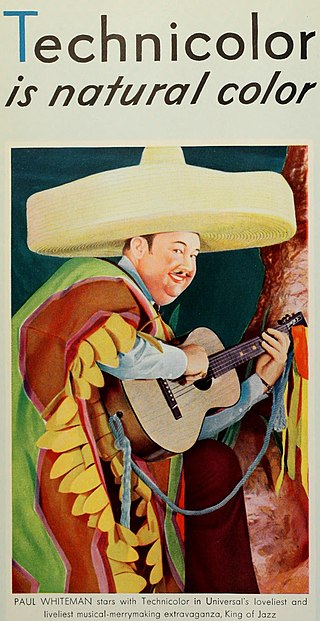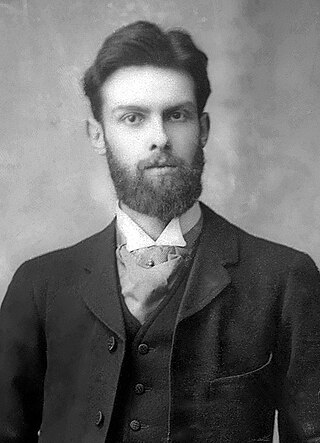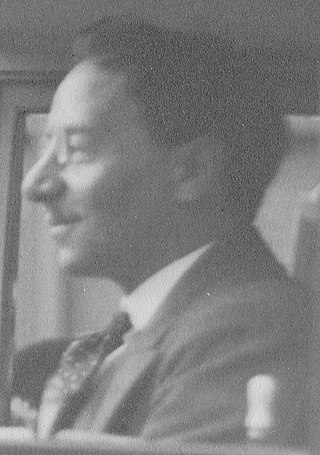
Film stock is an analog medium that is used for recording motion pictures or animation. It is recorded on by a movie camera, developed, edited, and projected onto a screen using a movie projector. It is a strip or sheet of transparent plastic film base coated on one side with a gelatin emulsion containing microscopically small light-sensitive silver halide crystals. The sizes and other characteristics of the crystals determine the sensitivity, contrast and resolution of the film. The emulsion will gradually darken if left exposed to light, but the process is too slow and incomplete to be of any practical use. Instead, a very short exposure to the image formed by a camera lens is used to produce only a very slight chemical change, proportional to the amount of light absorbed by each crystal. This creates an invisible latent image in the emulsion, which can be chemically developed into a visible photograph. In addition to visible light, all films are sensitive to X-rays and high-energy particles. Most are at least slightly sensitive to invisible ultraviolet (UV) light. Some special-purpose films are sensitive into the infrared (IR) region of the spectrum.

35 mm film is a film gauge used in filmmaking, and the film standard. In motion pictures that record on film, 35 mm is the most commonly used gauge. The name of the gauge is not a direct measurement, and refers to the nominal width of the 35 mm format photographic film, which consists of strips 1.377 ± 0.001 inches (34.976 ± 0.025 mm) wide. The standard image exposure length on 35 mm for movies is four perforations per frame along both edges, which results in 16 frames per foot of film.

Cinematography is the art of motion picture photography.

Color grading is a post-production process common to filmmaking and video editing of altering the appearance of an image for presentation in different environments on different devices. Various attributes of an image such as contrast, color, saturation, detail, black level, and white balance may be enhanced whether for motion pictures, videos, or still images. Color grading and color correction are often used synonymously as terms for this process and can include the generation of artistic color effects through creative blending and compositing of different layer masks of the source image. Color grading is generally now performed in a digital process either in a controlled environment such as a color suite, and is usually done in a dim or dark environment.

An RG color model is a dichromatic color model represented by red and green primary colors. The name of the pair of models comes from the initials of the two primary colors: red and green. The model may be either additive or subtractive. The primaries are added together in varying proportions to reproduce a linear gamut of colors, which can reproduce only a fraction of the colors possible with a trichromatic color space, such as for human color vision.

Lenticular printing is a technology in which lenticular lenses are used to produce printed images with an illusion of depth, or the ability to change or move as they are viewed from different angles.

Sound-on-film is a class of sound film processes where the sound accompanying a picture is recorded on photographic film, usually, but not always, the same strip of film carrying the picture. Sound-on-film processes can either record an analog sound track or digital sound track, and may record the signal either optically or magnetically. Earlier technologies were sound-on-disc, meaning the film's soundtrack would be on a separate phonograph record.

Cinecolor was an early subtractive color-model two-color motion picture process that was based upon the Prizma system of the 1910s and 1920s and the Multicolor system of the late 1920s and the 1930s. It was developed by William T. Crispinel and Alan M. Gundelfinger, and its various formats were in use from 1932 to 1955.
The Handschiegl color process produced motion picture film prints with color artificially added to selected areas of the image. Aniline dyes were applied to a black-and-white print using gelatin imbibition matrices.

Color motion picture film refers both to unexposed color photographic film in a format suitable for use in a motion picture camera, and to finished motion picture film, ready for use in a projector, which bears images in color.

The Prizma Color system was a color motion picture process, invented in 1913 by William Van Doren Kelley and Charles Raleigh. Initially, it was a two-color additive color system, similar to its predecessor, Kinemacolor. However, Kelley eventually transformed Prizma into a bi-pack color system that itself became the predecessor for future color processes such as Multicolor and Cinecolor.
In motion pictures, Kodak's Kodacolor brand was originally associated with an early lenticular color motion picture process, first introduced in 1928 for 16mm film. The process was based on the Keller-Dorian system of color photography.
In bipack color photography for motion pictures, two strips of black-and-white 35 mm film, running through the camera emulsion to emulsion, are used to record two regions of the color spectrum, for the purpose of ultimately printing the images, in complementary colors, superimposed on one strip of film. The result is a multicolored projection print that reproduces a useful but limited range of color by the subtractive color method. Bipack processes became commercially practical in the early 1910s when Kodak introduced duplitized film print stock, which facilitated making two-color prints.

Technicolor is a series of color motion picture processes, the first version dating back to 1916, and followed by improved versions over several decades.

Edward Raymond Turner was a pioneering British inventor and cinematographer. He produced the earliest known colour motion picture film footage.

Ludwig Blattner was a German-born inventor, film producer, director and studio owner in the United Kingdom, and developer of one of the earliest magnetic sound recording devices.
Brewster Color was an early subtractive color-model film process.

Richard René Silvin is an American retired corporate executive, turned author and lecturer, who is best known as an expert on Wallis Simpson, the Duchess of Windsor, Palm Beach society architect, Addison Mizner, the 1930s French Line flagship, SS Normandie, and the history of Mar-a-Lago.















